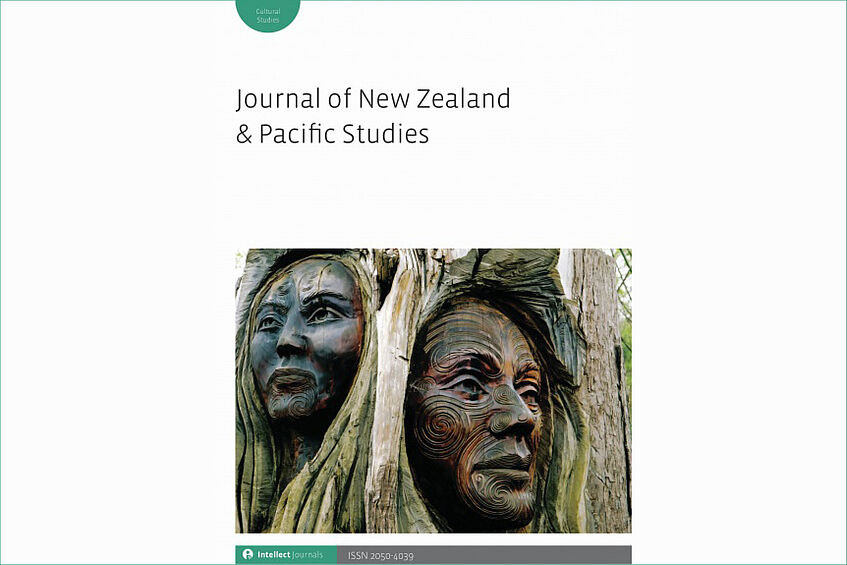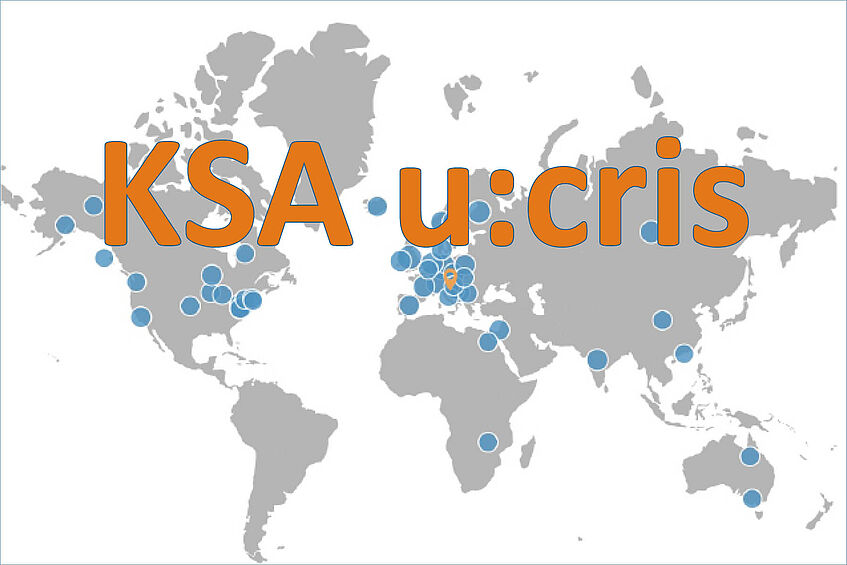Publications
peer-reviewed publications in u:cris
Expanding Infrastructure and Growing Anthropogenic Impacts along Arctic Coasts
- Author(s)
- Annett Bartsch, Georg Pointner, Ingmar Nitze, Aleksandra Efimova, Dan Jakober, Sarah Ley, Elin Högström, Guido Grosse, Peter Schweitzer
- Abstract
The accelerating climatic changes and new infrastructure development across the Arctic require more robust risk and environmental assessment, but thus far there is no consistent record of human impact. We provide a first panarctic satellite-based record of expanding infrastructure and anthropogenic impacts along all permafrost affected coasts (100 km buffer, ≈6.2 Mio km2), named the Sentinel-1/2 derived Arctic Coastal Human Impact (SACHI) dataset. The completeness and thematic content goes beyond traditional satellite based approaches as well as other publicly accessible data sources. Three classes are considered: linear transport infrastructure (roads and railways), buildings, and other impacted area. C-band synthetic aperture radar and multi-spectral information (2016–2020) is exploited within a machine learning framework (gradient boosting machines and deep learning) and combined for retrieval with 10 m nominal resolution. In total, an area of 1243 km2 constitutes human-built infrastructure as of 2016–2020. Depending on region, SACHI contains 8%–48% more information (human presence) than in OpenStreetMap. 221 (78%) more settlements are identified than in a recently published dataset for this region. 47% is not covered in a global night-time light dataset from 2016. At least 15% (180 km2) correspond to new or increased detectable human impact since 2000 according to a Landsat-based normalized difference vegetation index trend comparison within the analysis extent. Most of the expanded presence occurred in Russia, but also some in Canada and US. 31% and 5% of impacted area associated predominantly with oil/gas and mining industry respectively has appeared after 2000. 55% of the identified human impacted area will be shifting to above 0 ∘C ground temperature at two meter depth by 2050 if current permafrost warming trends continue at the pace of the last two decades, highlighting the critical importance to better understand how much and where Arctic infrastructure may become threatened by permafrost thaw.
- Organisation(s)
- Department of Social and Cultural Anthropology
- External organisation(s)
- b.geos, Austrian Polar Research Institute (APRI), Alfred-Wegener-Institut, Helmholtz-Zentrum für Polar- und Meeresforschung, Universität Potsdam
- Journal
- Environmental Research Letters
- Volume
- 16
- No. of pages
- 22
- ISSN
- 1748-9326
- DOI
- https://doi.org/10.1088/1748-9326/ac3176
- Publication date
- 2021
- Peer reviewed
- Yes
- Austrian Fields of Science 2012
- 504017 Cultural anthropology, 504008 Ethnography
- Keywords
- ASJC Scopus subject areas
- Public Health, Environmental and Occupational Health, General Environmental Science, Renewable Energy, Sustainability and the Environment
- Portal url
- https://ucrisportal.univie.ac.at/en/publications/df88ce1a-93e6-4252-9717-02da42af9acd





